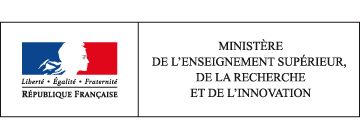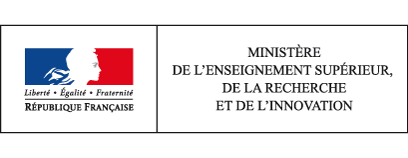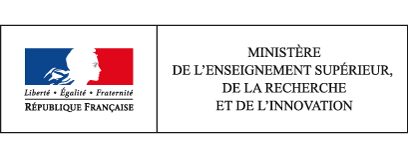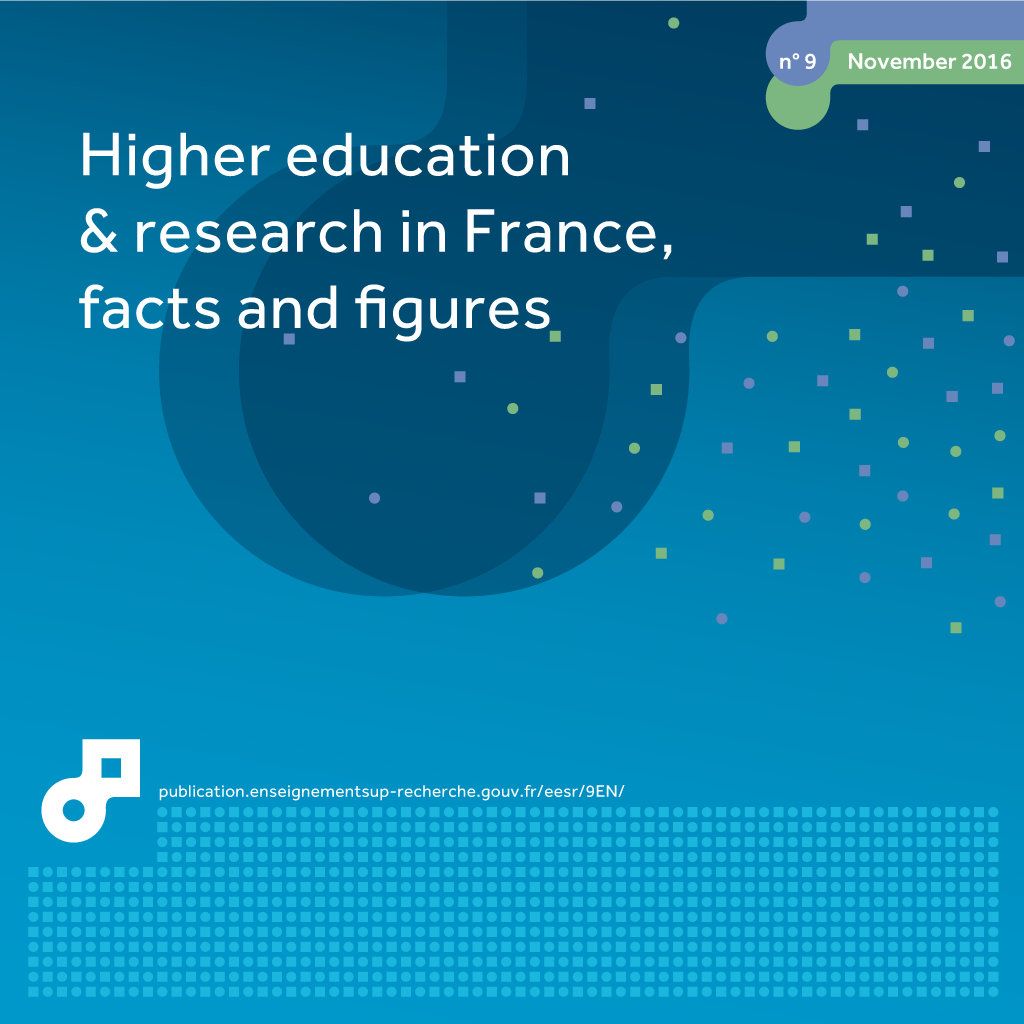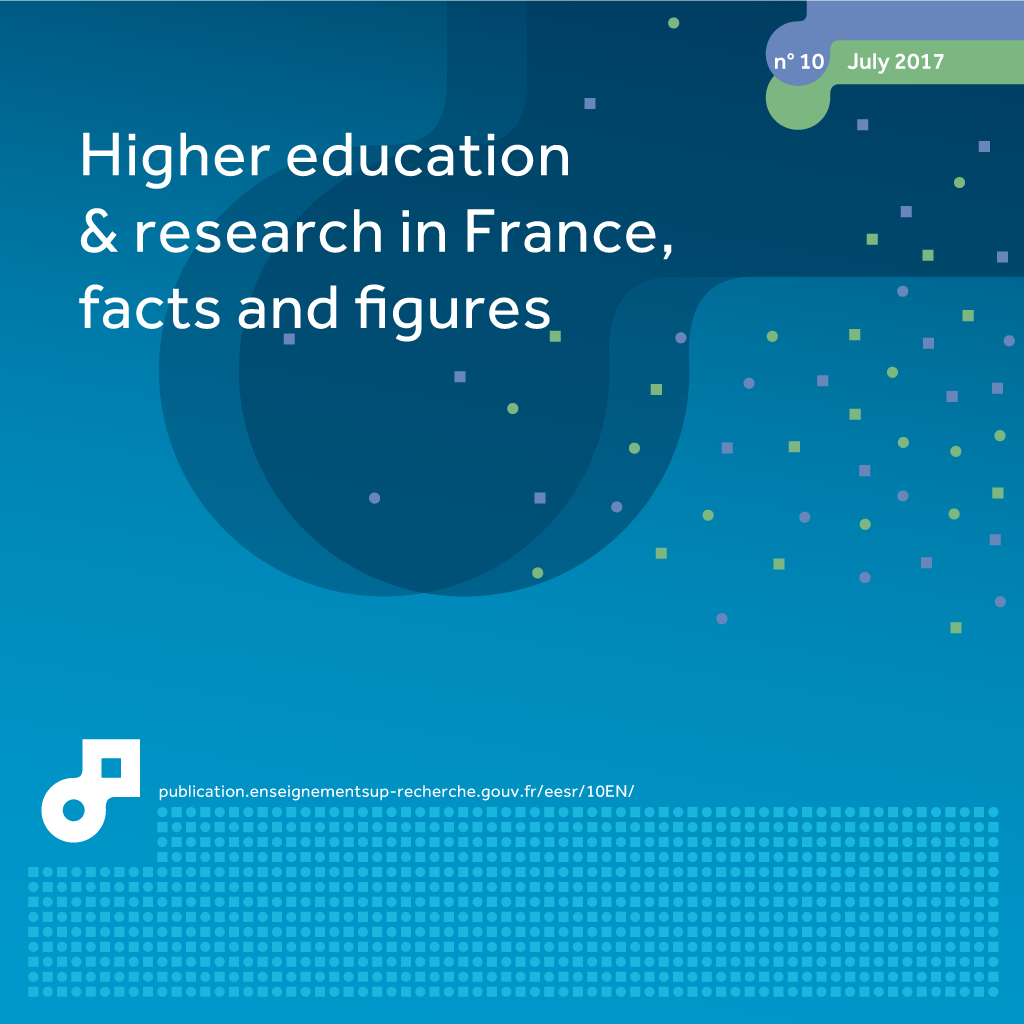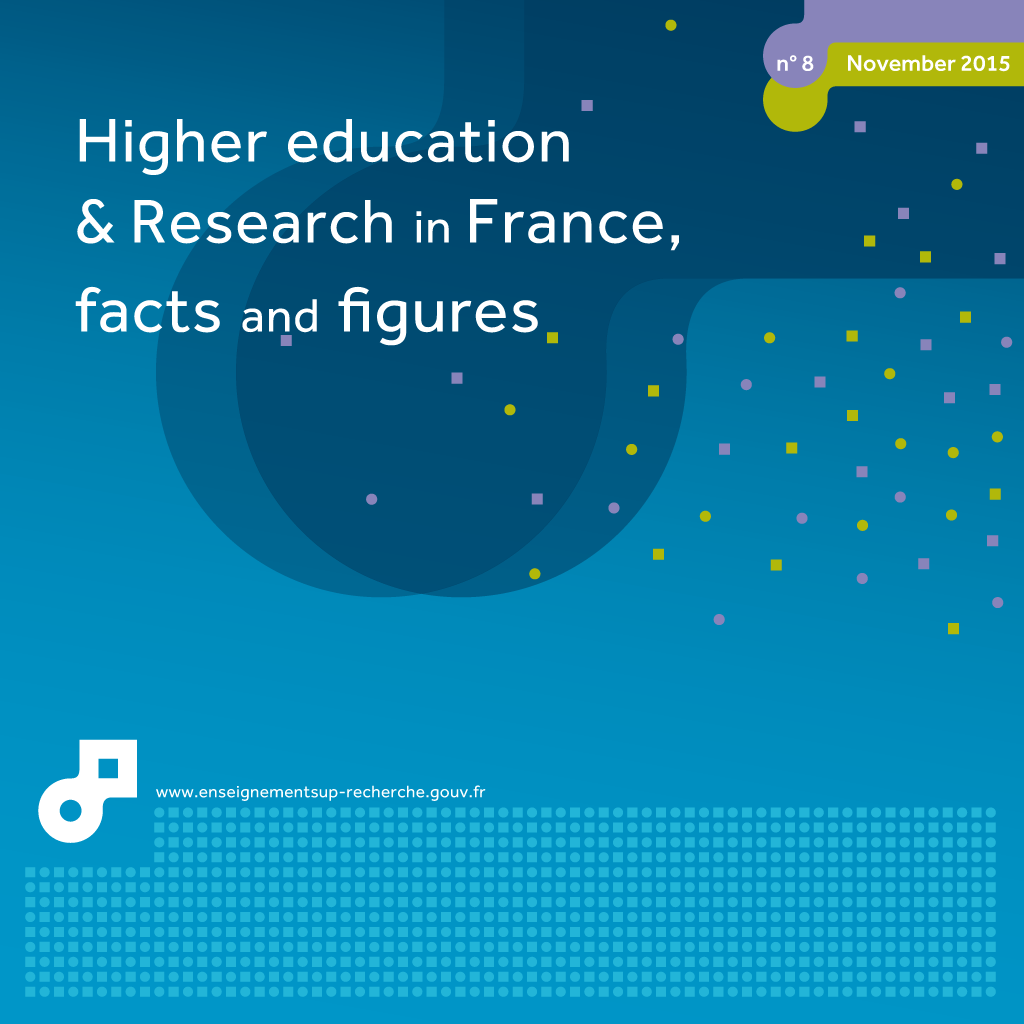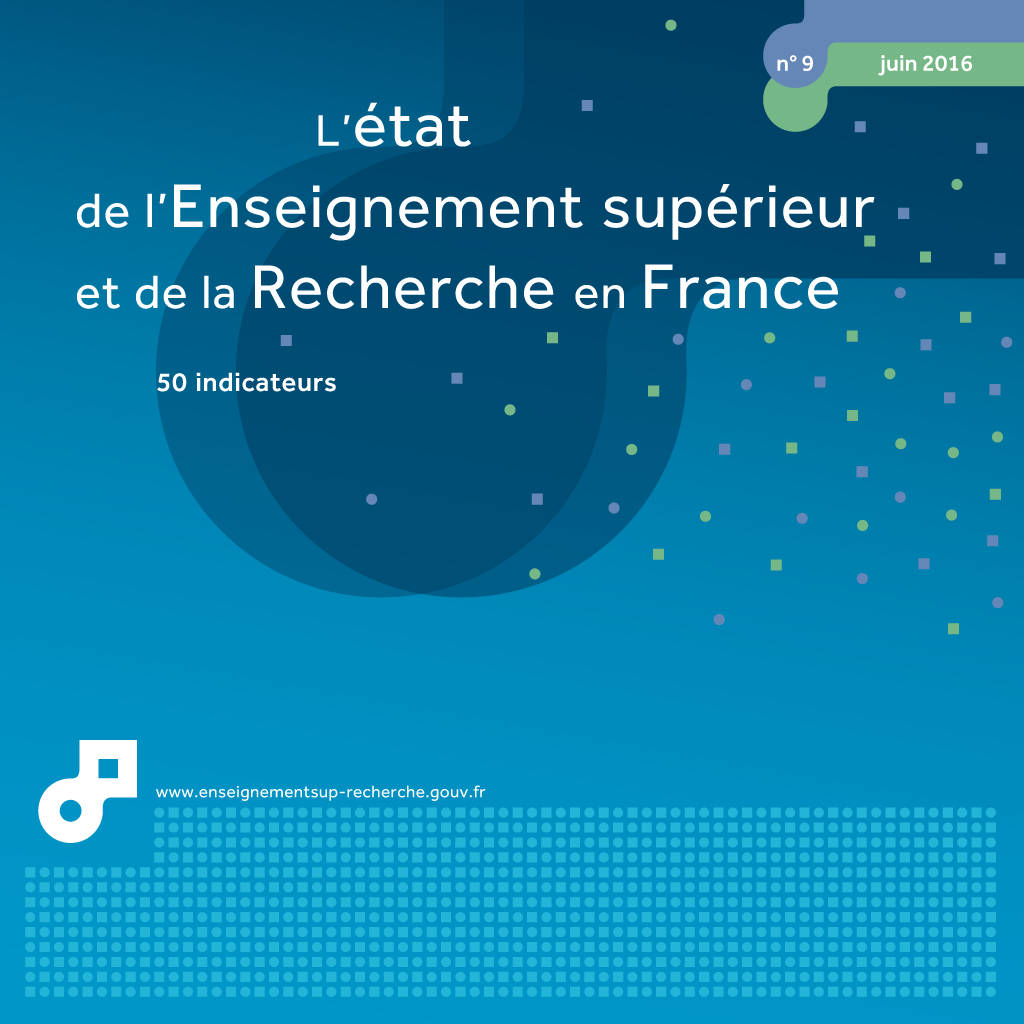02 expenditure on tertiary education in OECD countries
This page has been updated. Read 02. expenditure on tertiary education in OECD countries in Higher education & research in France, facts and figures 10th edition - June 2017
In 2012, average expenditure per student in France was close to the average of OECD countries. Since 2005, it has increased more quickly than in the marority of countries, thus catching up considerably on its shortfall. However, national expenditure on tertiary education is still slightly below the average (1.4% of GDP compared to 1.5%).
International comparisons of education expenditure are somewhat difficult due to the demographic and socio-economic diversity of the different countries and their national education systems. In tertiary education, this difficulty is reinforced by the wide variety of educational structures at this level. Nevertheless, the situation of France can be assessed using some general indicators.
The amount of expenditure on education as a percentage of Gross Domestic Product (GDP) is the indicator which provides the best overall assessment of the effort made in practical terms by all financers of national education systems (chart 02.01). With 1.4% of GDP devoted to tertiary education in 2012, France is close to the average for OECD countries (1.5%). It is ahead of other European countries such as Spain (1.2%), Germany (1.2%) or Italy (0.9%) but lags behind by the Scandinavian countries (between 1.6% and 1.8%). There are three countries whose expenditure on tertiary education is very much higher than the average: the United States (2.8%), Canada (2.5% in 2011) and South Korea (2.3%).
If we compare annual expenditure per student in tertiary education in the different countries, we can see a different country hierarchy emerging compared with the previous indicator (chart 02.02). In 2012, the United States (26,560 $PPP) and the United Kingdom (24,340 $PPP) pulled ahead sharply with their high level of expenditure, followed by Sweden and Canada, which spent more than $22,000 PPP per student. France spent $15,280 $PPP per student, slightly higher than the average OECD country ($15,030 PPP). This expenditure was higher than that of Italy or Spain, but lower than that of Germany and Japan.
Between 2005 and 2012, average expenditure per student increased more quickly in France than in the average OECD country (+14% compared to +11%) (chart 02.03). The increase was even higher in South Korea (+38%), Japan (+19%), Sweden (+19%) and Finland (+18%). Conversely, a drop in the level of annual expenditure per student could be seen between 2005 and 2011 in Spain (-1%) and the United States (-4%).
In tertiary education in the OECD countries, the relative share of public expenditure (central government, local authorities and other public administrative bodies) is greater than private expenditure (households and other private financers such as companies), with an OECD average of 69.7% to 30.3%, (chart 02.04). In the Scandinavian countries and Belgium, expenditure on tertiary education institutions is almost all public (greater than or equal to 90%). In contrast, in South Korea, the United Kingdom, Japan, the United States and Australia, funding is predominantly private. In France, public funding is around 79.8%, well above the OECD average (+11.6 points).
How to cite this paper :
close
Key figure
Whole of France
02.01 Annual expenditure by higher education institutions in 2012 (in % of GDP)
Denmark, data not available.
1 2011.
2 Public institutions only.
You can embed this chart to your website or your blog by copying the HTML code and pasting it into the source code of your website / blog:
close
02.02 Annual expenditure by higher education institutions per student in 2012 (in $PPA)
1 2011.
2 Public institutions only.
You can embed this chart to your website or your blog by copying the HTML code and pasting it into the source code of your website / blog:
close
02.03 Development in annual expenditure per student between 2005 and 2012 (Base indices 100 in 2005)
Canada, Denmark, United Kingdom, Germany: data not available.
You can embed this chart to your website or your blog by copying the HTML code and pasting it into the source code of your website / blog:
close
02.04 Relative share of public and private funding allocated to higher education institutions, as final funding 1 in 2012 (in %)
1 Final funding: funding after taking into account transfers between different economic agents. Public grants to households are therefore accounted for in household expenditure and subtracted from that of public agents.
2 2011.
3 Public institutions only.
Denmark: data not available.
You can embed this chart to your website or your blog by copying the HTML code and pasting it into the source code of your website / blog:
close
Related statistical publications
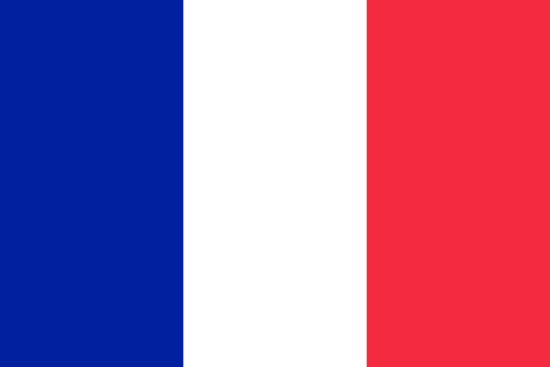 Note d'information DEPP 16.05 - La dépense pour le parcours d'un élève ou d'un étudiant en France et dans l'OCDE en 2012 - Marguerite Rudolf - February 2016
Note d'information DEPP 16.05 - La dépense pour le parcours d'un élève ou d'un étudiant en France et dans l'OCDE en 2012 - Marguerite Rudolf - February 2016 En France, comme en moyenne dans l’OCDE, le secteur public finance la plus grande partie de la dépense d’éducation mais la structure du financement public est différente : en France, l’État participe à hauteur de 70 % au financement public de l’enseignement primaire-secondaire tandis que pour la moyenne de l’OCDE, ce sont les administrations territoriales qui en sont le premier contributeur (62 %). Le financement public de l’enseignement supérieur est plus centralisé à la fois en France et pour la moyenne de l’OCDE, avec une participation respective de l’État central de 87 % et 84 %.

 Regards sur l'éducation - Education at a Glance 2015 - 2015
Regards sur l'éducation - Education at a Glance 2015 - 2015 Translation
 Etat de l'enseignement supérieur et de la rechercheL'état de l'Enseignement supérieur et de la Recherche en France n°9 - Juin 2016
Etat de l'enseignement supérieur et de la rechercheL'état de l'Enseignement supérieur et de la Recherche en France n°9 - Juin 201602 - la dépense pour l’enseignement supérieur dans les pays de l’OCDE - Marguerite Rudolf
